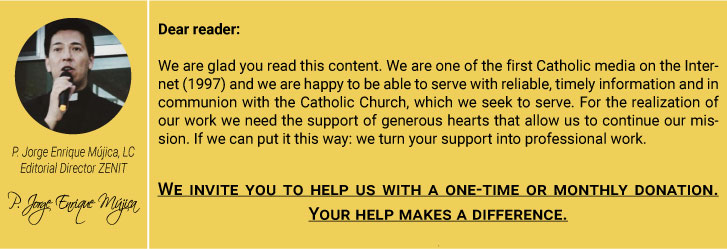* * *
Hiroshima 5 August 2013:
THE STORY OF TWO HOUSES.
Isaiah 2:2-5
John 20:19-23
In the ancient world of the Bible, as also in our own day, high places, mountain tops and mountain slopes were the popular sites of temples and shrines of deities. Accordingly, when God settled the children of Israel in the land of promise, he chose the top of a hill in Jerusalem, Mount Zion, for his habitation. On Mount Zion the temple of the Lord, his house, was built (Dt. 12:5).
When, therefore, in the first Reading of our celebration today, Isaiah tells us of his vision in which the mountain of the house of the Lord is exalted above all other mountains and raised above the hills, Isaiah affirms the unparalleled and incomparable distinctiveness of the mountain of God’s house. It transcends all other mountains and, by implication, whatever deities and houses of deities that may be on them. The mountain of the house of the Lord transcends and surpasses all the others, because the Lord, the God of Israel, who is enthroned in the temple on Mount Zion, transcends and is unlike any other god. Accordingly, his teaching is unlike any other; and it draws the peoples/nations to it. This is the teaching of the Word of the Lord, which, for the people of God, is also light to walk by. Instructed by the teaching of God’s Word and walking by its light, people desist from hostilities, and their instruments of war are transformed into instruments for human flourishing.
The Gospel Reading recounts the first appearance of risen Jesus to his disciples. These had locked themselves up in the house because of fear of the Jews. But, they were tormented by a greater fear that derived from their abandonment and betrayal of their master. When Risen Jesus appears to them, he dismisses the twofold fears of his disciples with a greeting of “peace”. In his greeting of peace, Risen Jesus does not seek to settle scores with his disciples. Neither does he seek to remind them of their betrayal; rather, Risen Jesus bestows a benign greeting of peace which glosses over the failings of the disciples and reconciles them to their risen Lord. Having received the forgiving and reconciling peace of the Risen Lord, the disciples are sent forth and enabled by the gift of the Holy Spirit to carry out: to preach, a ministry of forgiveness and reconciliation.
Besides, in the appearance of Risen Jesus to his disciples, he shows them his hands and his side to show the disciples that the body of the Risen Jesus is identical with his crucified body. The body that suffered human cruelty and violence is the same as the risen and glorified body. Thus, in the body of Risen Jesus, the effects of violence and death are transformed. With St. Paul, we behold death, pain and suffering lose their sting (1 Cor.15:55-56). Thus, the end of human violence is transformed; and this transformation brings joy to the disciples.
It is noteworthy that the house is the locus and the setting of these manifestations of divine presence on earth and among people. In the one case, it is the house of the temple of God on mount Zion. From here, God’s Word goes forth as light of instruction to bring hostilities among people to an end, and to motivate the conversion of instruments of war into instruments of peace and human advancement. In the other case, it is the house of fearful disciples, full of remorse. There Jesus introduces his crucified and risen presence as a source of a forgiving and a reconciling peace, and as a source of joy. From this experience of peace and joy of forgiveness and reconciliation, the disciples will receive a commission from their Risen Lord to go forth and to preach the same.
Gathered in this Church to celebrate the Eucharist, we also gather in a house – the house of God. With our anxieties, fears, remorse, pain and suffering, like the disciples, but desirous of being instructed by the Lord and walking by the light of his teaching, like pilgrims from the nations, we gather around this altar to celebrate in the sacramental signs of the Eucharist, the presence, on the one hand, of God who in Christ teaches his people and shows them the path to peace (cf. Micah 6:8). On the other hand, we celebrate the presence of the Risen Lord, who always welcomes us with his peace of forgiveness and reconciliation, and breathes on us his Spirit to fashion us, weak earthen vessels, into ministers of reconciliation and peace.
Cardinal Peter K.A. Turkson
Pontifical Council for Justice and Peace




